February 2024 marks the second year of the crisis in Ukraine. The crisis continues, and humanitarian needs in terms of communication and information are still present – but there is some evolution. Here are two snapshots, one at the start of the crisis, the other today, to see how our humanitarian response has adapted to the people’s needs.
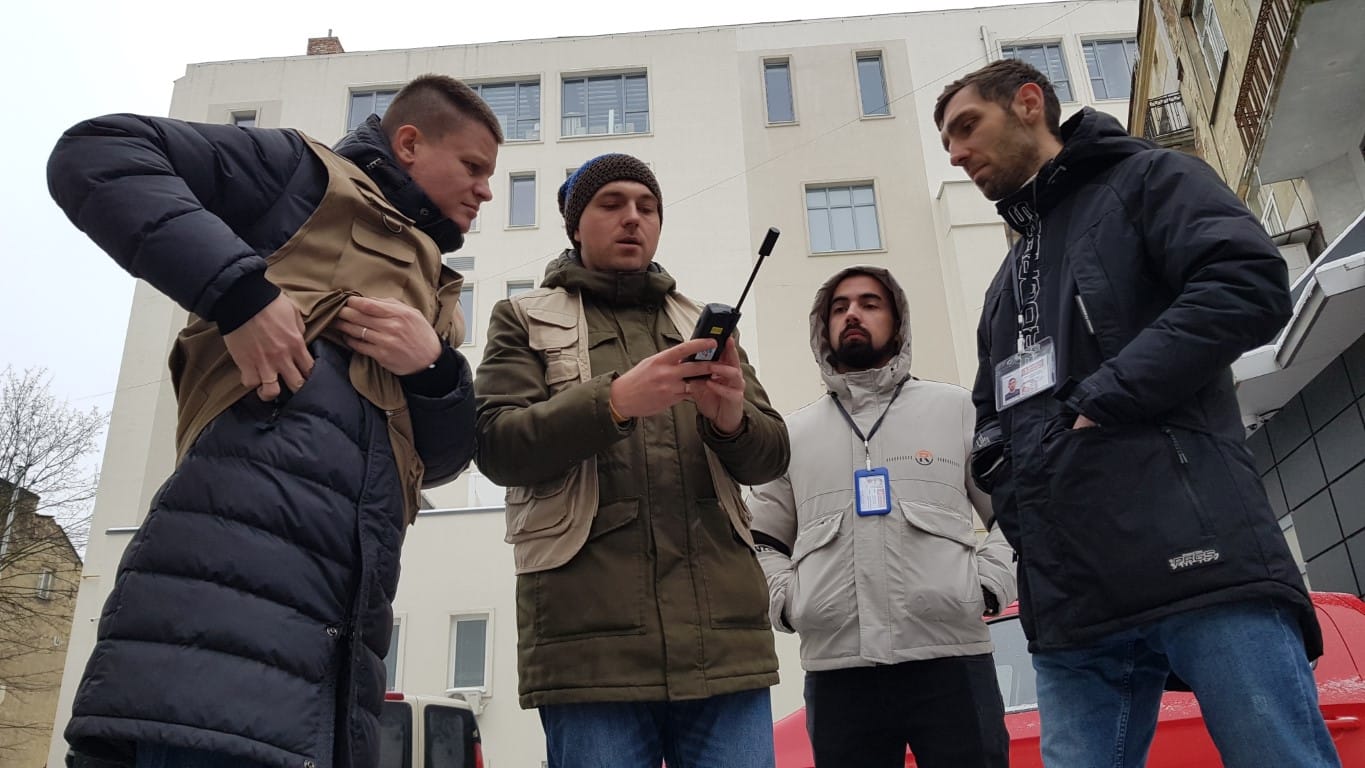
TSF's Response Then & Now
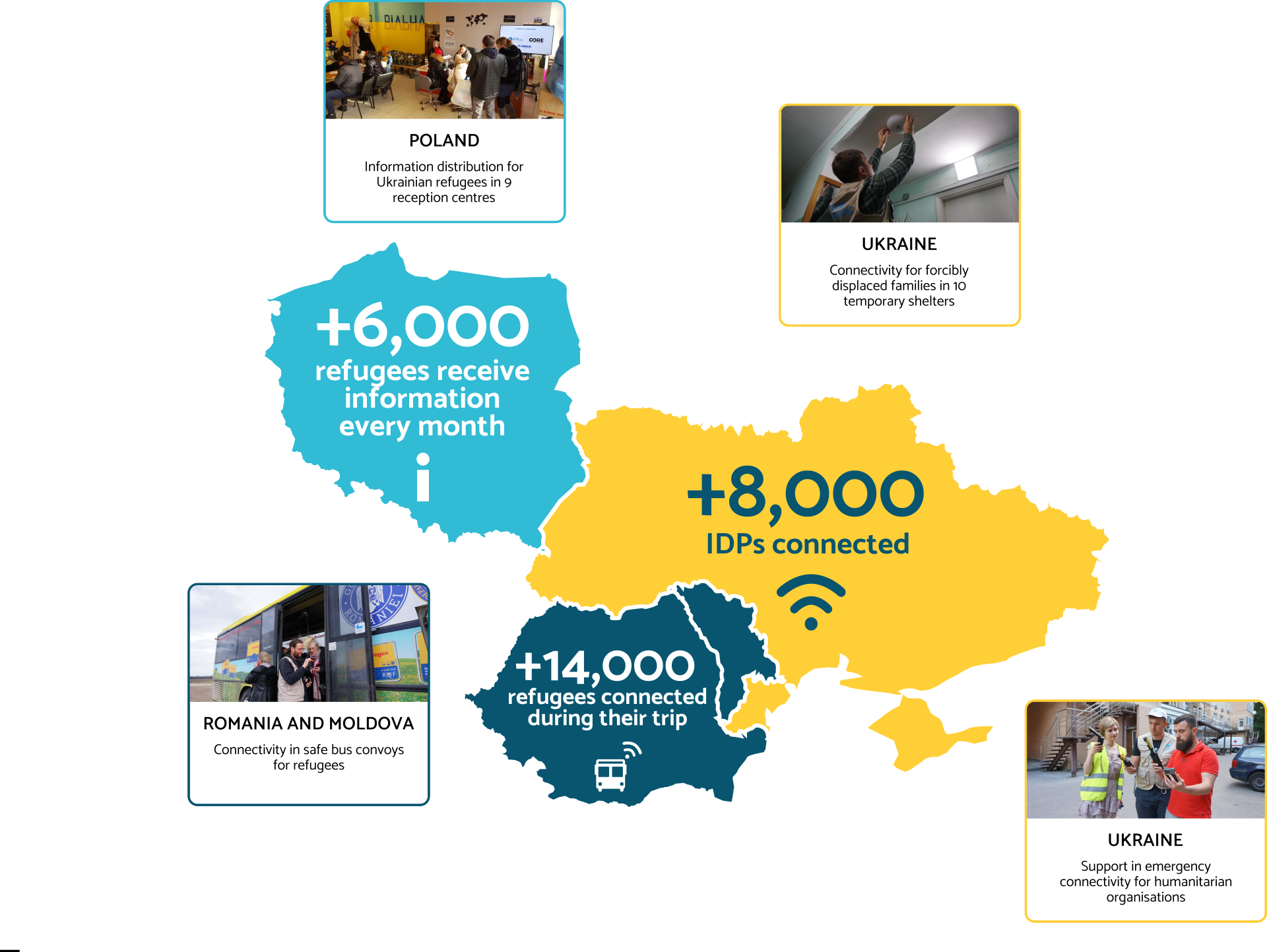
2 Years Ago
In early 2022, after the Russian army invaded Ukraine in February, forcing millions of Ukrainian people to flee, TSF deployed a team to address humanitarian communication and information needs.
- Ukrainian people, mostly women, children and elderly people, needed to escape violence and ease their distress as they fled.
- TSF installed a free Wi-Fi connection on bus convoys to Romania, enabling people to contact their loved ones, get the latest news, and find their next stop.
- NGOs needed connectivity to coordinate their relief efforts.
- TSF provided connectivity support and training to medical and demining NGOs working on the ground.
- Ukrainians entering Poland often lacked reliable information on where to go, how to stay safe or what assistance was available.
- TSF selected and distributed reliable information in integration centers to accompany Ukrainians as they travel.
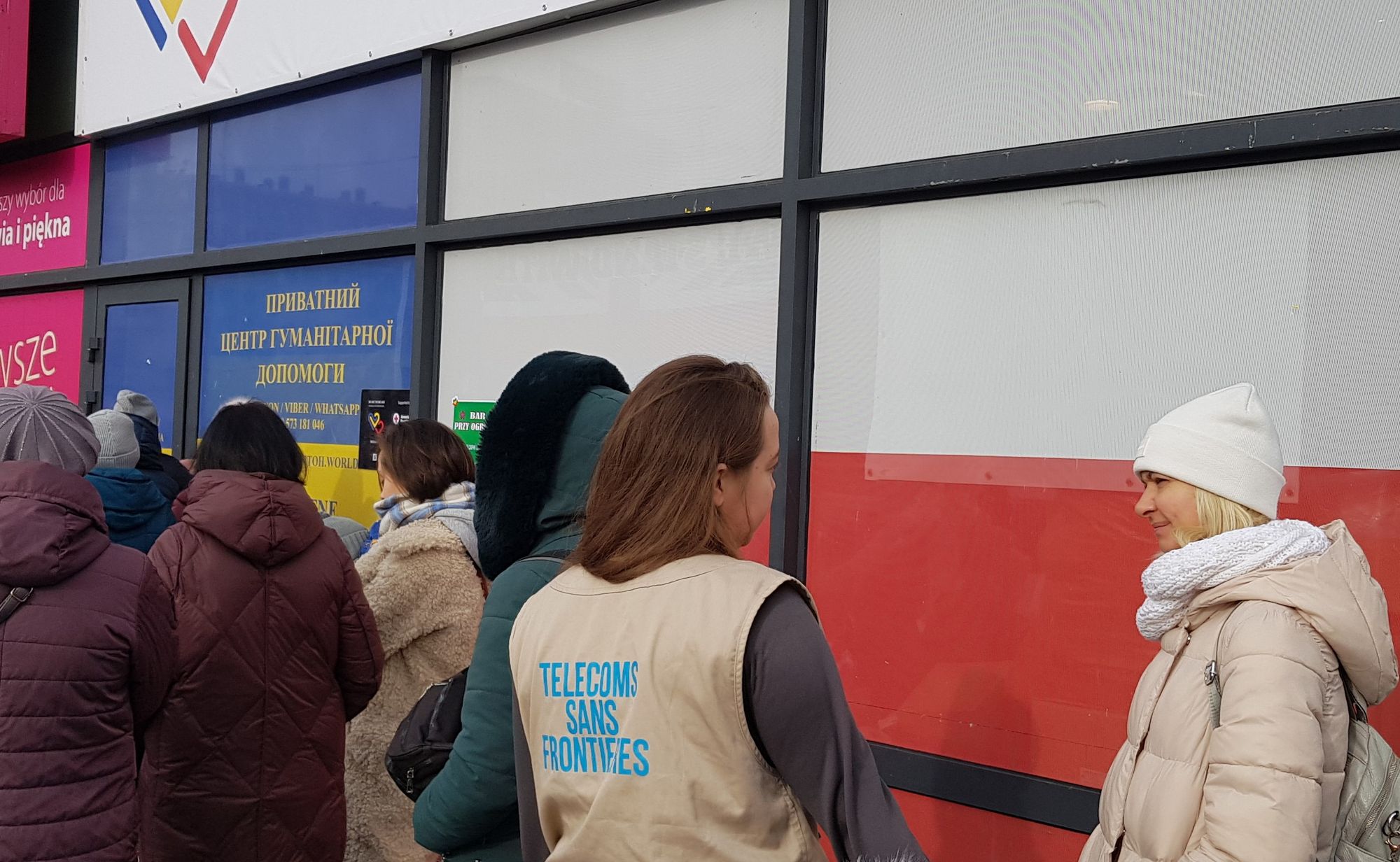
Today
The crisis in Ukraine, and its impact on neighboring countries, is a protracted crisis – a long-lasting crisis. It means the needs at the start of the crisis can still be relevant; the team in Ukraine still works with NGOs to support their connectivity needs, and the need for information is still necessary in Poland. But as the crisis gets longer, needs evolve – mainly needs for life to keep going, even in times of crisis.
- Displaced Ukrainians need to carry on living in some way.
- TSF provides connectivity to shelters for displaced people, enabling Ukrainians to find support from their loved ones, continue their studies at a distance or even work remotely.
- Ukrainians in Poland need information on how to integrate into their host country and take the next steps in their displacement process.
- The TSF team in Poland selects and adapts information to people's needs – legal and administrative procedures that can be overwhelming as a newcomer to a country, how to find help or employment, and more.
To learn more about the organizations TSF supported, and to understand how our humanitarian response has evolved over the months, you can read this recent article, created with the help of those who made the response possible - the TSF teams in Ukraine, Poland, the project manager, those who were deployed and involved from the very first days of the response.


See you next week!
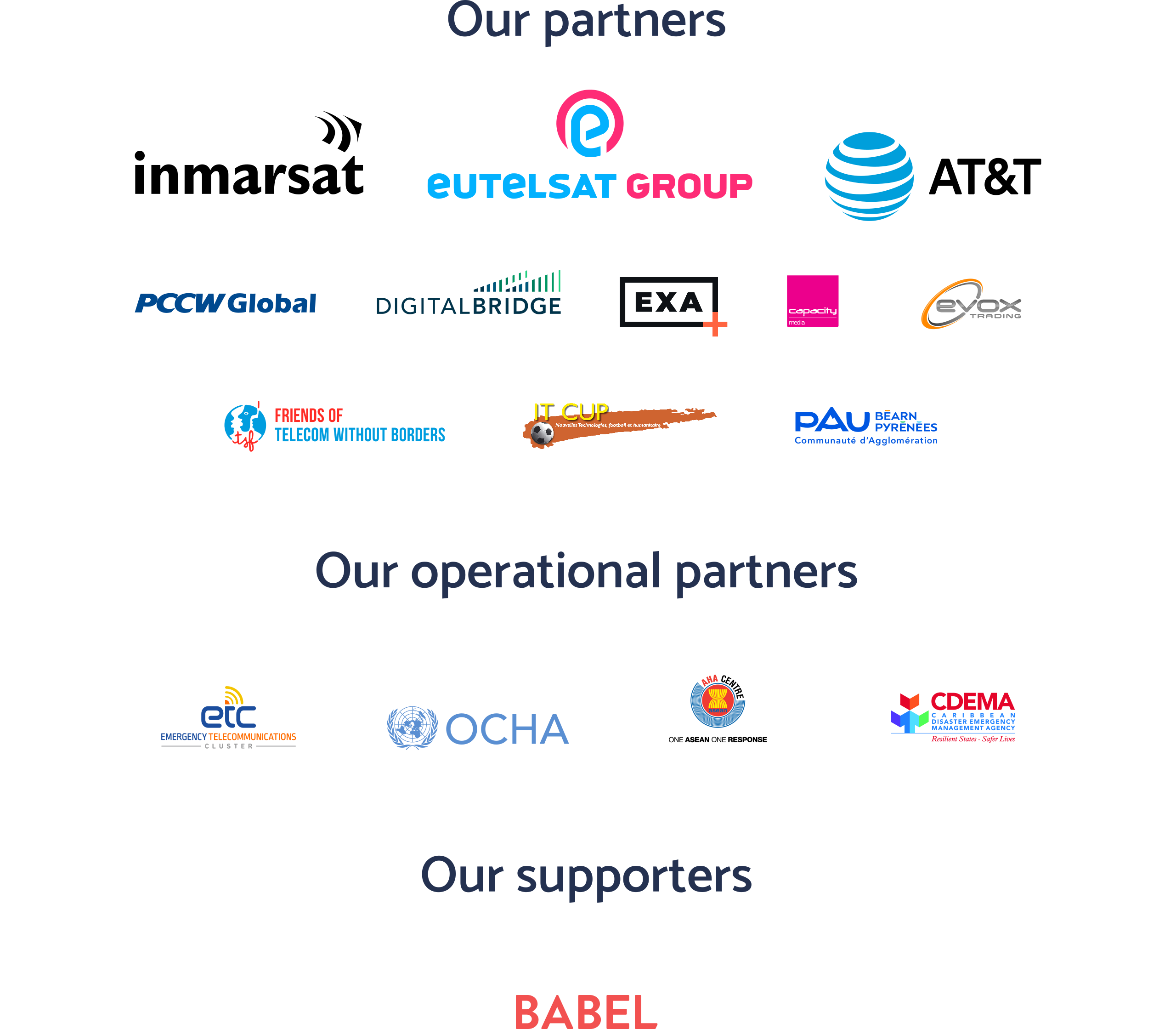


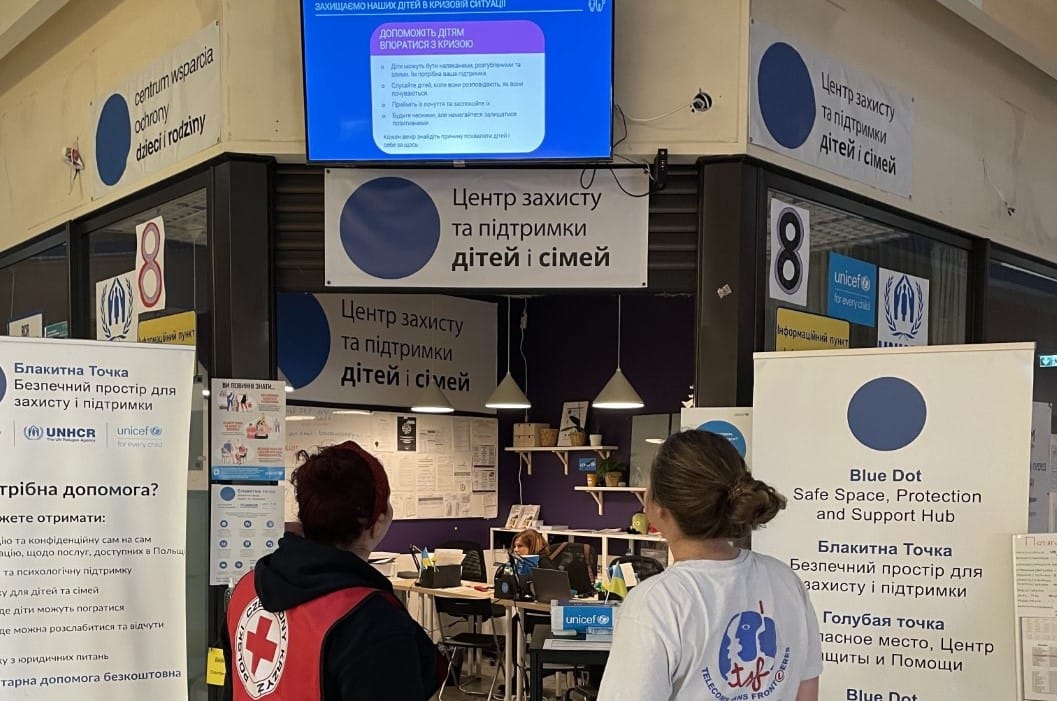
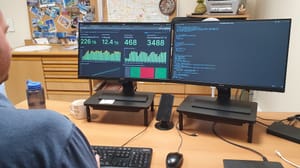
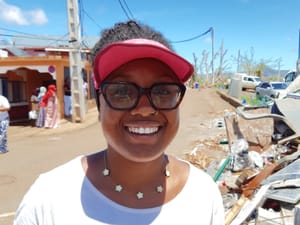
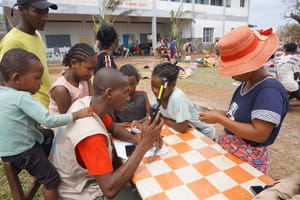


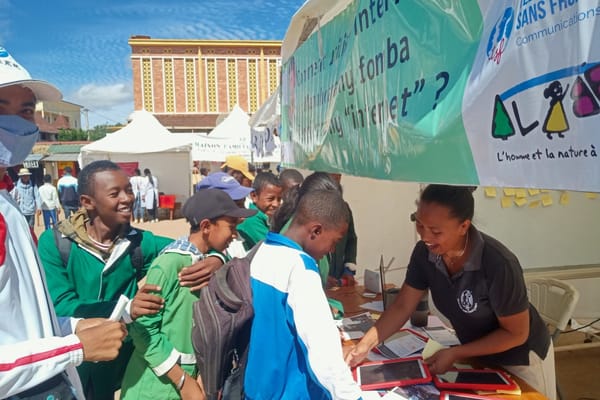
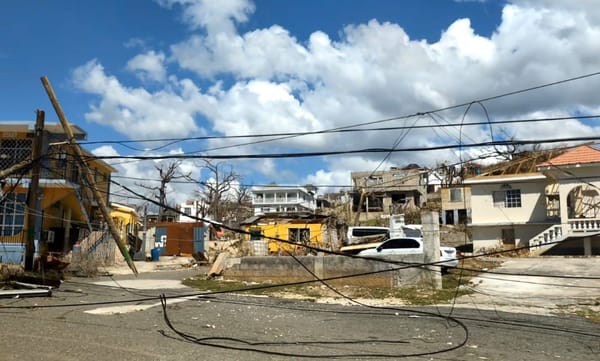

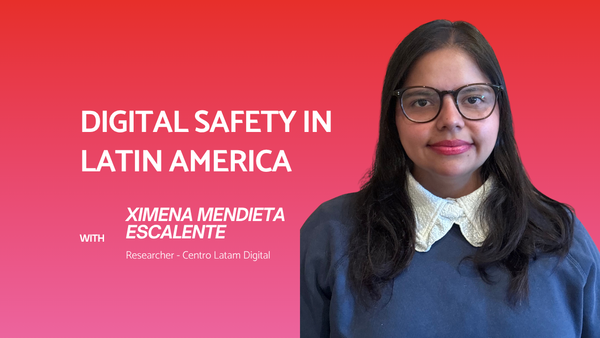
Member discussion